Shall We Try New Methods to Make the EU-27 Work?
Is the European Union still able to function effectively now that it has been enlarged to 27 Member States? Although the future Reform Treaty brings substantial improvements, the philosophy underpinning European initiatives is still that of treaties signed in the 1950s: integration must be achieved by all Member States at the same pace. This is the price to be paid in order to ensure that the Member States will maintain a strict equality of rights and obligations within the EU framework.Translating this principle into reality is giving rise to an increasing number of questions and criticisms. Member States do not share the same need to act jointly in order to meet challenges that nonetheless concern all – whether these involve competitiveness, immigration, energy dependency, or diplomacy, opinions differ widely. Thus there is a substantial risk that the Union, hamstrung by a minority, could find itself unable to deliberate on critical issues for which wider Europe and the international community expect a European response.
This “historic” integration method has proven its merit, but is no longer suitable for the new European configuration. Basing their studies on the “clubs” theory, Michael Wohlgemuth and Clara Brandi propose the Union be reconstructed in the form of a “club of clubs”. If applied, this formula would require all Member States to enforce and adhere to the acquis communautaire (internal market and guaranteed four freedoms—trade, competitiveness, foreign and security policies). However, in other sectors (the environment, energy, social policy, etc.), the EU member countries could join “sub-clubs.”
Frédéric Allemand warns that differentiated integration mechanisms such as enhanced cooperation, must be conceived as a means to achieve integration and not as an end in itself. The efficiency of alternative mechanisms, such as the one developed by the “club theory”, is evident: they are easy to implement and the cost/benefit ratio is higher in cases of participation. But in the long run, it could have a disintegrative effect.

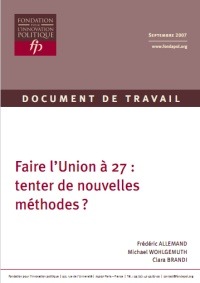

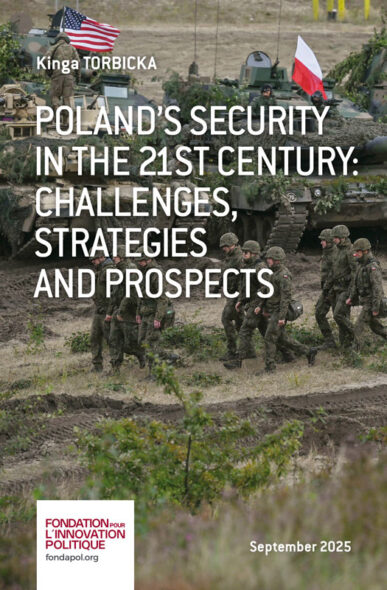
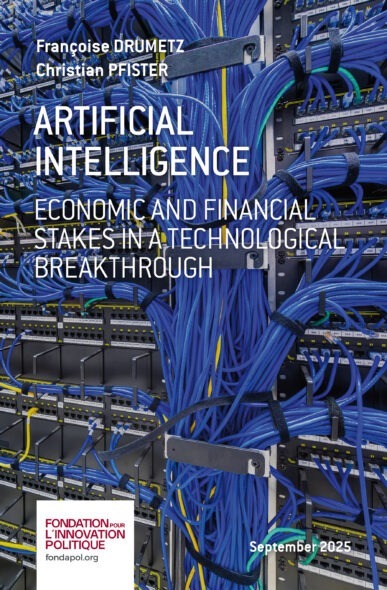
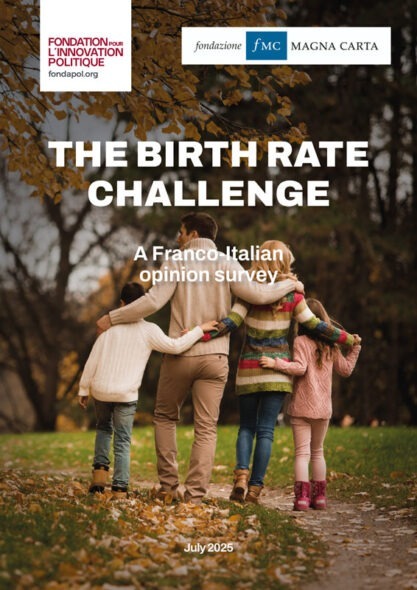
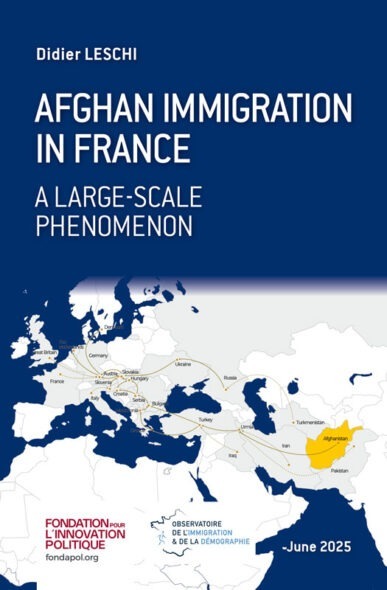
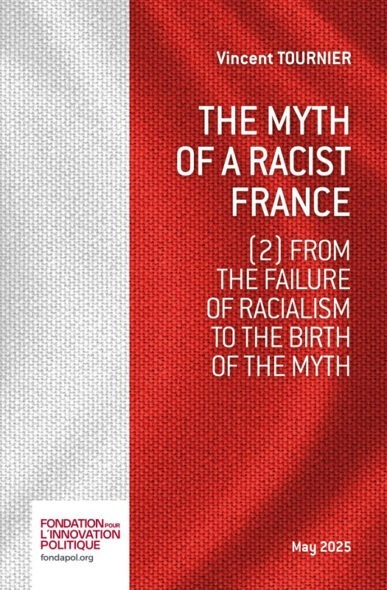
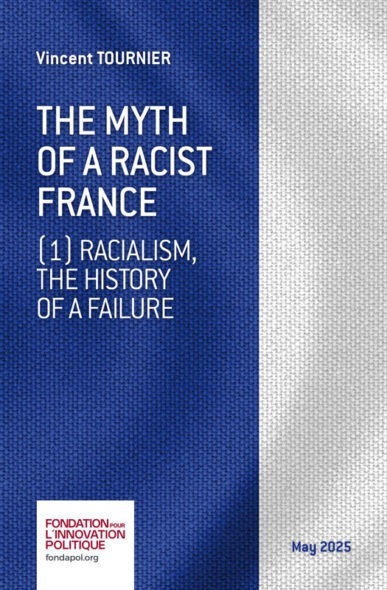

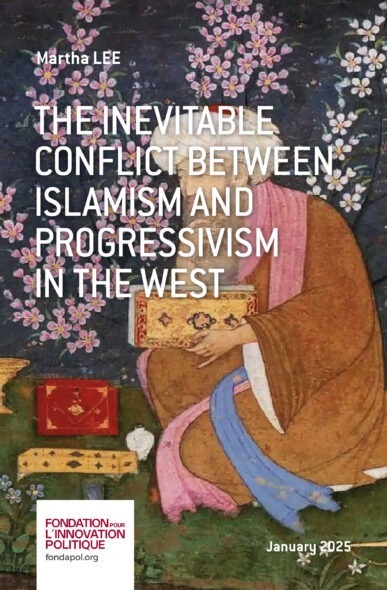
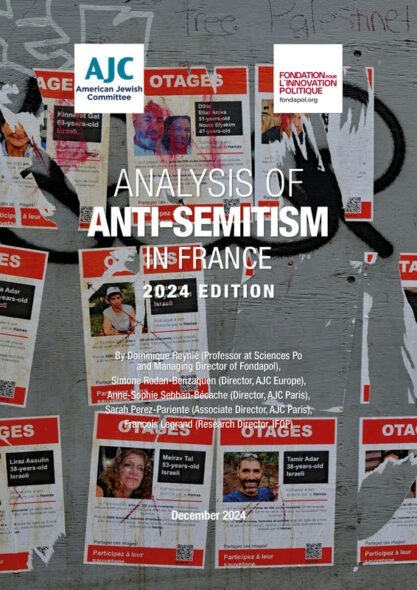
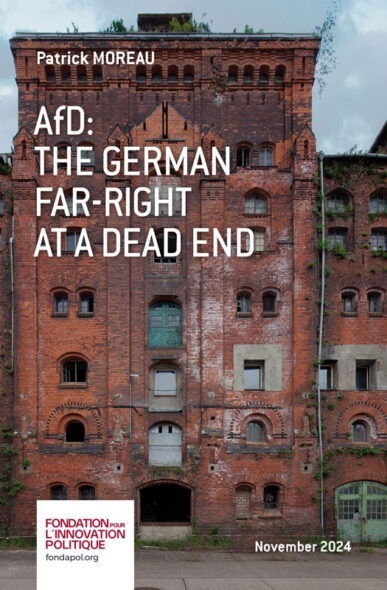
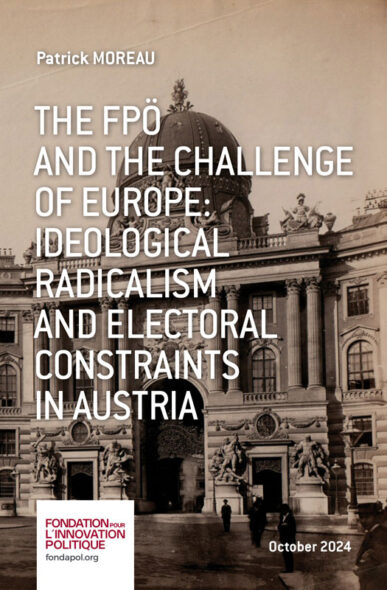
No comments.